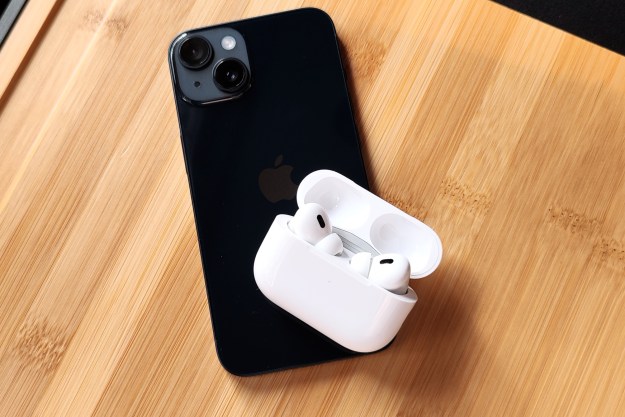Scientists at Stanford have just developed an aluminum battery that could enable your phone to go from empty to full in as little as one minute. It’s also long-lasting, relatively inexpensive, and safer than the batteries we’re currently using.
“We have developed a rechargeable aluminum battery that may replace existing storage devices, such as alkaline batteries, which are bad for the environment, and lithium-ion batteries, which occasionally burst into flames,” said professor of chemistry, Hongjie Dai, in a report just released by Stanford University.
The new aluminum-ion battery is something researchers have been pursuing because the material can be acquired cheaply, is not prone to bursting into flames, and is capable of storing a lot of power. The problem has been finding a good material for the cathode, one that will permit it to produce sufficient voltage after repeated cycles.
“People have tried different kinds of materials for the cathode,” Dai said. “We accidentally discovered that a simple solution is to use graphite, which is basically carbon. In our study, we identified a few types of graphite material that give us very good performance.”
By combining the aluminum anode and graphite cathode with an ionic liquid electrolyte in a flexible polymer-coated pouch, the researchers found a solution that is incredibly safe.
“In our study, we have videos showing that you can drill through the aluminum battery pouch, and it will continue working for a while longer without catching fire,” Dai said. “But lithium batteries can go off in an unpredictable manner – in the air, the car, or in your pocket.”
This isn’t just about safety, of course, as speed is also a major consideration. Instead of hours, the new aluminum-ion battery can be charged up in minutes. The Stanford team in fact reported charging times as low as one minute.
It’s also durable. The prototype was able to keep on going for 7,500 cycles without losing capacity. That compares to around 1,000 cycles for a standard lithium-ion battery.
“Another feature of the aluminum battery is flexibility,” Gong said. “You can bend it and fold it, so it has the potential for use in flexible electronic devices. Aluminum is also a cheaper metal than lithium.”
There is a catch, apart from the fact this is still in the prototype phase. The aluminum-ion battery generates 2V of electric charge, compared to 3.6V from your typical lithium-ion battery. Dai feels this can be overcome by improving the cathode material.
“Otherwise, our battery has everything else you’d dream that a battery should have: inexpensive electrodes, good safety, high-speed charging, flexibility and long cycle life. I see this as a new battery in its early days. It’s quite exciting.”
Editors' Recommendations
- iPhone not holding charge? How to replace an iPhone battery
- This is the fastest phone and laptop charger I’ve ever used. Here’s why you need it
- How to fast charge your iPhone
- New 260-watt battery charge tech goes from 0% to 25% in just 1 minute
- Meet the Android phone that charges from 0 to 100% battery in under 10 minutes


